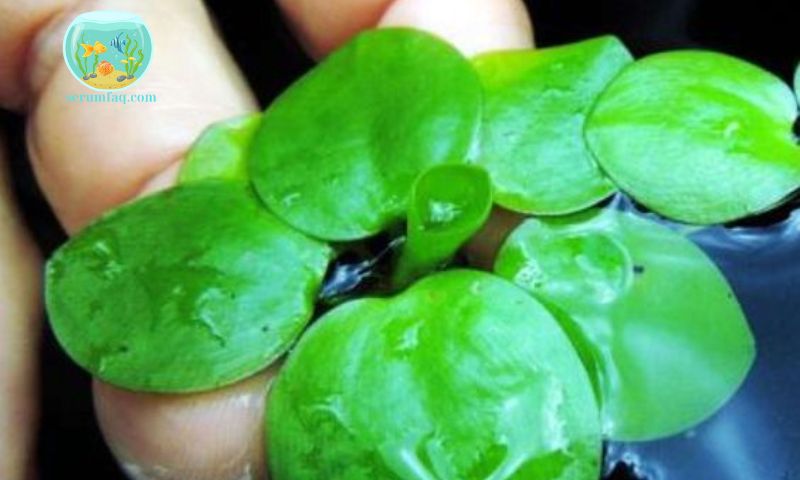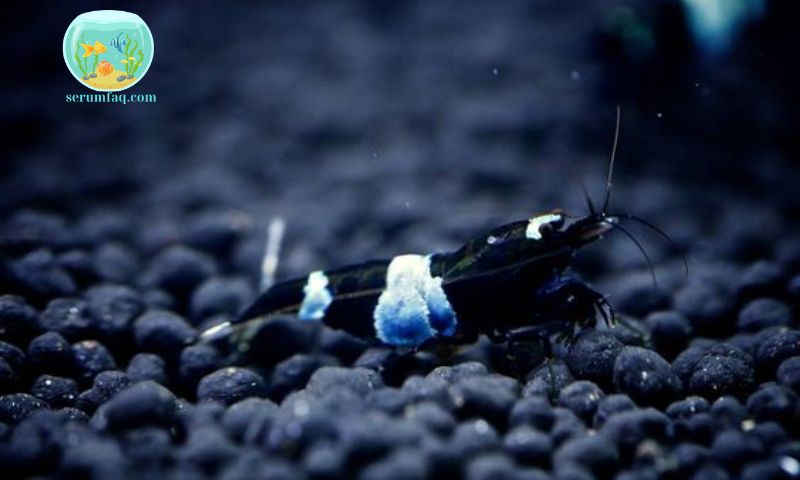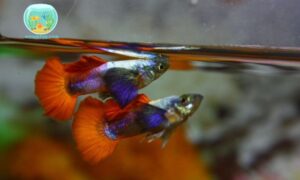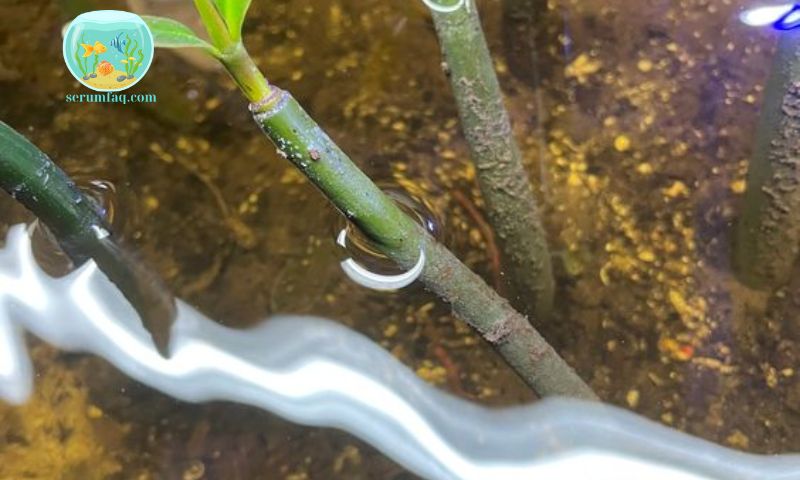Anchor worms can pose significant threats to the health of fish in ponds, making it crucial for pond owners and aquarists to understand how to effectively identify and treat these parasites. Early detection and proper treatment are essential to prevent the spread of infections and maintain the overall health of the aquatic environment.
Understanding Anchor Worms

Anchor worms, scientifically known as Lernaea, are parasitic crustaceans that commonly infect freshwater fish. They have a distinctive appearance with a thread-like body and a bulbous anchor-shaped head, hence their name. These parasites attach themselves to the skin, fins, and gills of fish, feeding on their blood and tissues. Understanding their life cycle is crucial for effective treatment.
Anchor worms typically begin as free-swimming larvae, seeking out hosts to attach themselves to. Once attached, they penetrate the fish’s skin with their feeding apparatus and establish themselves, causing irritation, inflammation, and potentially secondary infections. Fish infected with anchor worms often exhibit symptoms such as flashing (rubbing against objects), visible worms protruding from the body, and lesions where the worms have attached.
Preventive Measures

Preventing anchor worm infestations starts with maintaining good pond hygiene and implementing proactive measures:
Regularly clean and filter pond water to reduce organic debris and potential sources of contamination. Quarantine new fish before introducing them to the main pond to prevent introducing anchor worms. Monitor the health of fish regularly for any signs of parasitic infections. Treatment Options
Effective treatment of anchor worms involves a combination of chemical treatments and natural remedies:
Chemical Treatments: Potassium permanganate and formalin are commonly used chemical treatments effective against anchor worms. These treatments should be administered according to manufacturer instructions and with careful consideration of the fish species and pond conditions. Dosage and application methods must be precise to avoid harming the fish or disrupting the pond ecosystem.
Natural Remedies: Some pond owners prefer natural treatments such as salt baths or herbal remedies like garlic and neem oil. These treatments can help reduce parasite loads and support fish health without the potential risks associated with chemicals. However, their effectiveness may vary, and they should be used under careful supervision.
Step-by-Step Treatment Process

When treating anchor worms in fish ponds, a systematic approach ensures the best outcomes:
Initial Assessment and Identification: Carefully observe fish for signs of anchor worms, including visible worms on the body or symptoms of irritation. Choosing the Appropriate Treatment Method: Based on the severity of the infestation and pond conditions, select either chemical or natural treatments. Application and Dosage Guidelines: Follow precise dosage instructions for chemical treatments, ensuring they are diluted correctly and applied evenly throughout the pond. For natural remedies, follow recommended concentrations and application durations to maximize effectiveness.
Post-Treatment Care
After administering treatment, it is crucial to monitor fish closely for any signs of recovery or recurrence of anchor worm infestation. This monitoring period is essential to ensure that the treatment has been effective and that the fish are returning to good health. Here’s how to proceed:
Monitor Fish Health: Observing the behavior and physical appearance of fish in the days following treatment is essential. Look for signs that the anchor worms have been eliminated, such as a reduction in flashing behavior (rubbing against objects), lesions healing where the worms were attached, and overall improved activity levels. Healthy fish will typically resume normal swimming patterns and show less signs of distress.
During this monitoring phase, it’s crucial to be vigilant and patient. Some fish may take longer to recover depending on the severity of the infestation and their individual health status. If symptoms persist or worsen, it may indicate that additional treatment or a different approach is necessary.
Water Quality Management: In addition to observing fish health, maintaining optimal water quality parameters is vital for supporting fish recovery and preventing further stress. Anchor worm infestations and their treatment can disrupt the delicate balance of pond water, potentially leading to fluctuations in pH levels, increased ammonia and nitrite levels, and decreased oxygen availability.
To support fish recovery:
- pH: Ensure that the pH remains stable within the ideal range for your fish species. Sudden changes in pH can stress fish and compromise their immune systems.
- Temperature: Maintain water temperature within the recommended range for your fish species. Fluctuations outside their optimal temperature range can slow down their recovery process.
- Oxygen Levels: Monitor oxygen levels regularly, especially in warmer weather or densely populated ponds where oxygen demand is higher. Adequate oxygenation is crucial for fish metabolism and healing.
Regular water testing and adjustments are essential during this period. Consider using aeration devices, such as aerators or fountains, to improve oxygen circulation and maintain water quality. If necessary, perform partial water changes to dilute any remaining chemicals from treatments and reduce stress on the fish.
Conclusion
Treating anchor worms in fish ponds requires diligence, knowledge, and prompt action to safeguard fish health and maintain a thriving aquatic ecosystem. By understanding the life cycle of anchor worms, implementing preventive measures, and utilizing effective treatment options, pond owners can effectively manage and prevent parasitic infestations.

